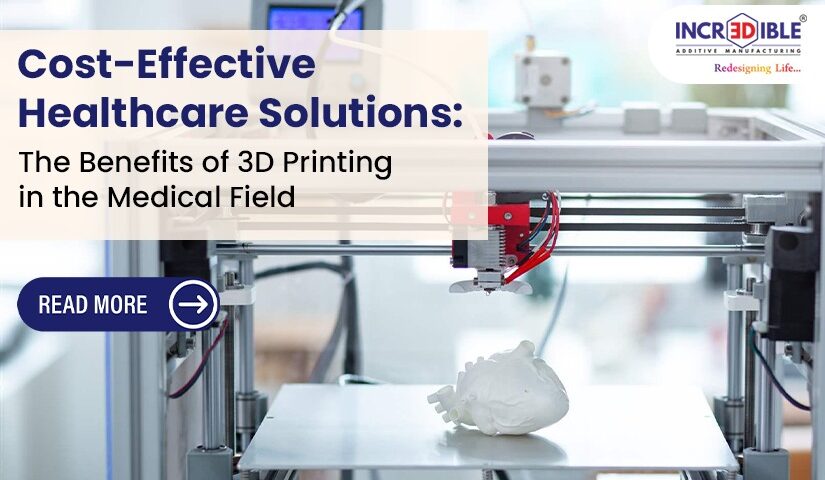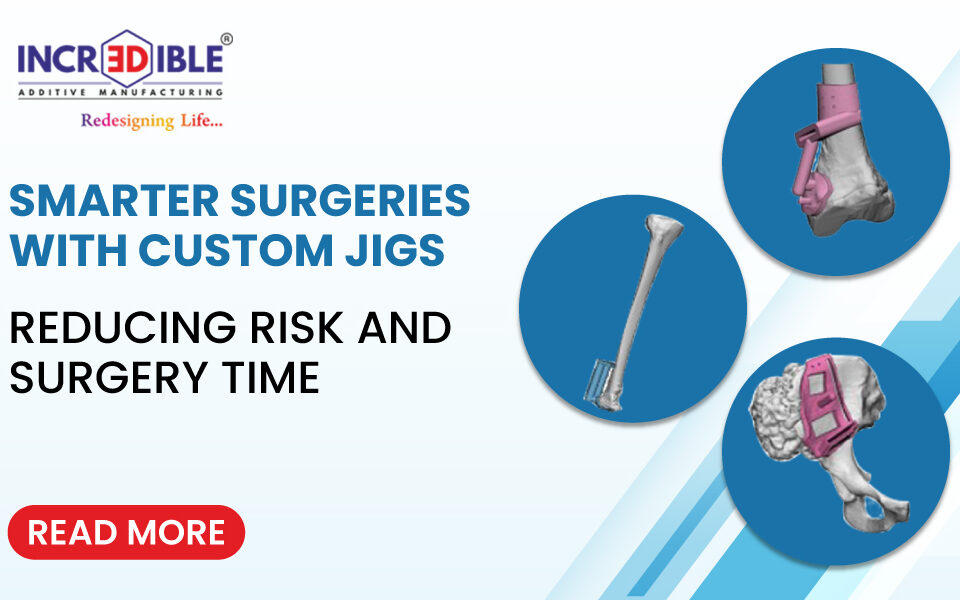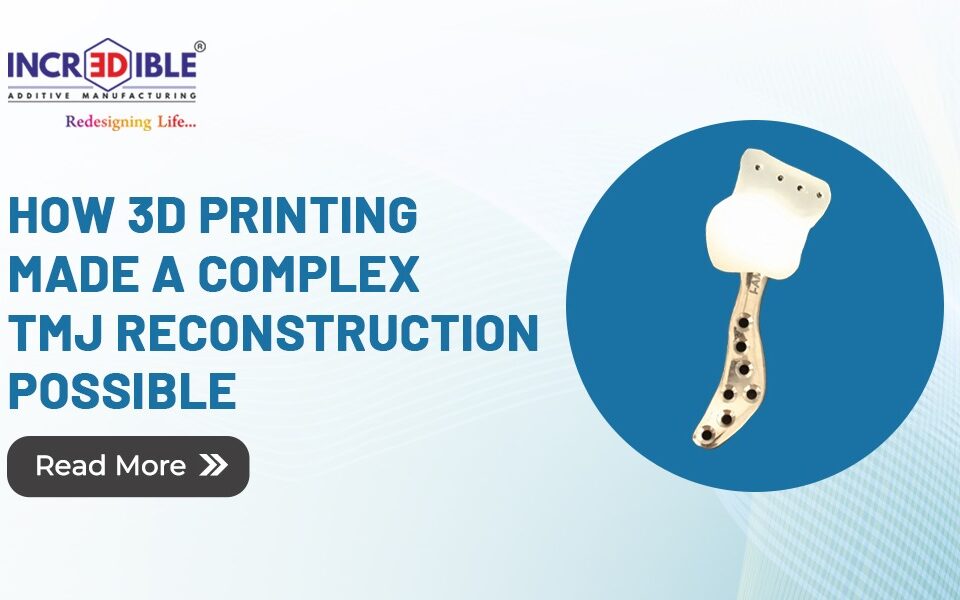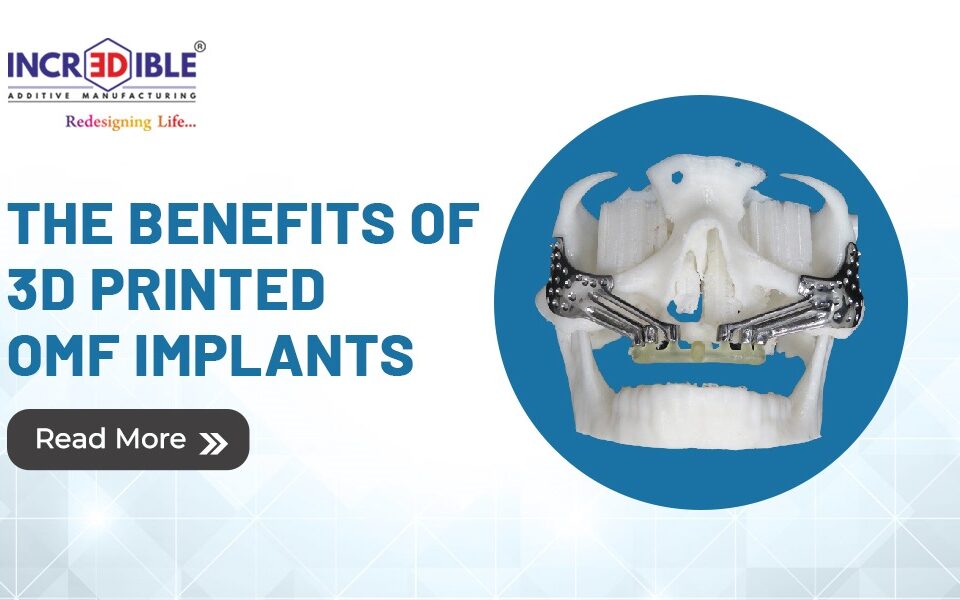The medical sector is one of the numerous industries transformed by advancements in 3D printing technology. The demand for accurate yet personalized medicine has increased, enabling doctors to provide better treatments and device customization for individual patients. 3D printing has contributed to a great extent throughout healthcare. Therapeutic ways created from 3D printing offer better comfort to patients. Doctors can also benefit from such technology by understanding complex cases and offering patients better care. There are many advantages of 3D printing in the medical field that improve and save the patient’s life. Let us understand how this technology is a cost-effective healthcare solution.
A quick yet Economic outcome
With 3D printing, personalized surgical equipment can be created rapidly. This economical solution can offer customized options to meet the operational requirements of the patient. Furthermore, specific surgical instructions can improve the accuracy of a patient’s recovery while reducing the time in an operation room. Surgeons can now perform complex procedures using patient-centric models that accurately simulate scenarios they may encounter during surgery.
Personalized Prosthetics
Traditional prosthetics are costly due to the need for individual customization. 3D printing changes this by allowing users to choose various designs, shapes, sizes, and colors for their prosthetics. This capability ensures each prosthetic is uniquely tailored to the user’s needs. Additionally, 3D printing makes prosthetics more affordable and widely accessible, enhancing personalization and reducing costs.
Fewer complications and medical risks
Doctors are facing demanding operations daily but with new surgical instruments, they can streamline the process and the outcome can be seen with better recovery of the patients. This technology has allowed designers to create the right medical equipment at lower prices. It can also train future doctors by providing models that mimic human parts.
Low cost and less waiting period
3D printing revolutionizes the production of medical and lab equipment by enabling the on-demand creation of plastic parts. This significantly lowers costs and reduces waiting times compared to traditional methods. Furthermore, the streamlined production process increases equipment accessibility, particularly in underdeveloped or isolated areas. Medical gadgets may now be made more rapidly and cheaply thanks to 3D printing, increasing accessibility and availability.
Intricate care
Another compelling reason why 3D printing in the medical field is considered the finest introduction is because of its ability to make low-cost prosthetics. Often people like in countries where often war happens need such prosthetics. Now with such technology, they can afford to purchase it. It is best for countries that have high poverty or people who stay in remote locations. It can be valuable in areas where there is a lack of infrastructure facility that makes even the regular medical equipment delivery simpler. With 3D printing, the necessary equipment can be printed easily without the need for transportation.
Conclusion
3D printing in the medical field holds great promise for revolutionizing medicine continually enhancing patients’ quality of life. The application of 3D printing in the medical sector will continue to grow as time progresses because of this reason. The adoption of the latest technology can enable medical facilities to remain relevant in today’s society and enhance the well-being of patients. Use 3D Incredible as your company’s pioneer for in-house medical 3D printing services to start your production or grow it as a business.




